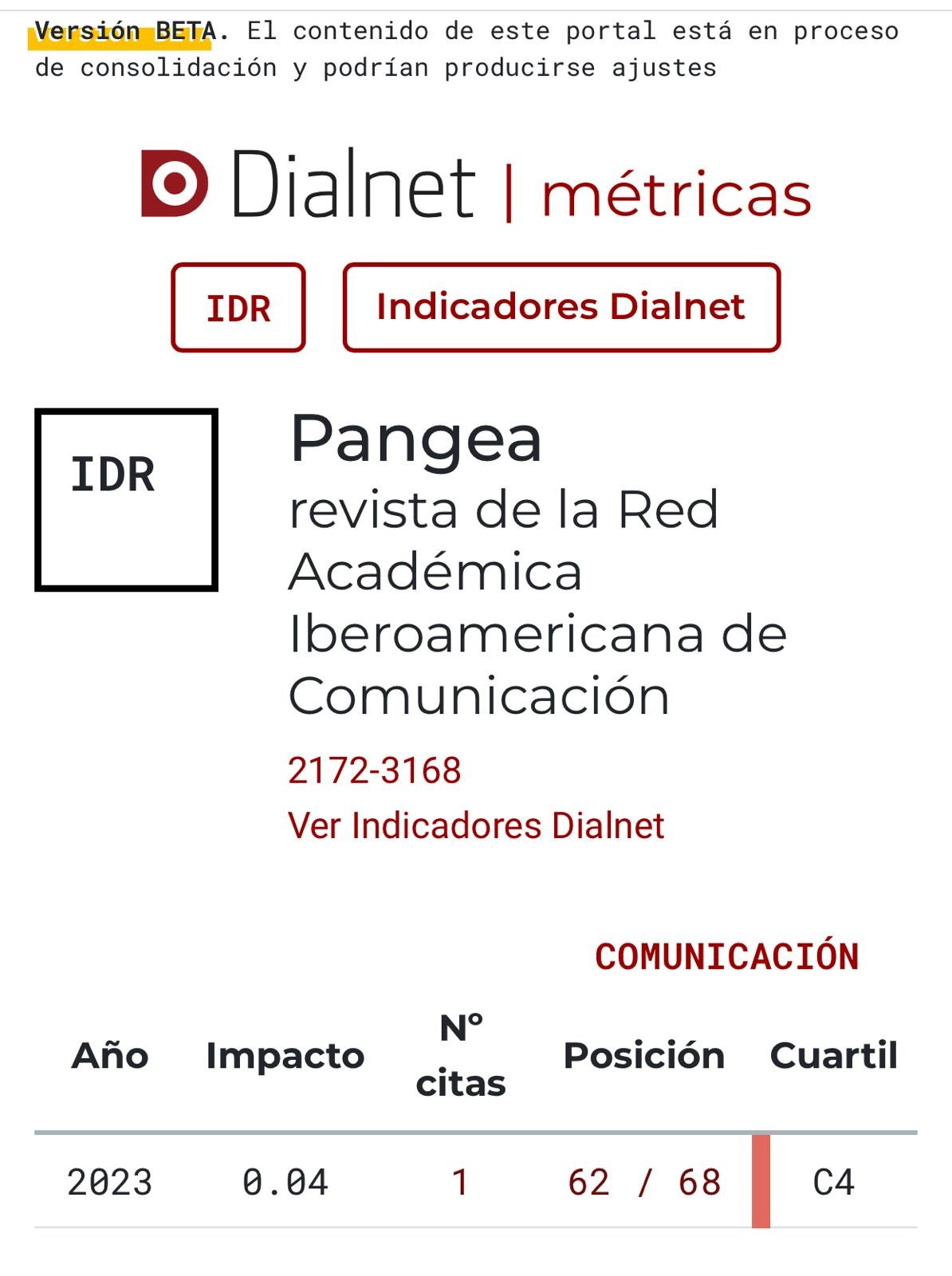Exploitation of the social responsibility theme of advertising directed towards the hyperconsumer: the Diesel case
DOI:
https://doi.org/10.52203/pangea.v4i2.75Keywords:
Communication, Consumption, Ethics, Positioning, Advertising, Social responsibilityAbstract
Advertising feeds and is the subject of many social debates. Companies usually communicate about their social values to their target audiences. That integration allows them to build a brand image and increase their capital sympathy. However, this strategy can be risky and counterproductive, especially with. Companies that choose a tone of derision to deal with serious issues. Faced with a critical consumer and aware of the negative effects of their hyperconsumption, companies need to meet the ethical and moral expectations of the consumer society. We take as examples two advertising campaigns of the Diesel brand to show the limits of the integration of the ethical dimension in advertising communication.
References
Cathelat, B. (1992). Publicité et société. Paris: Payot (1e éd. 1987).
Dispa, M. (2009). Quand la publicité dépasse les bornes? DIESEL prêt pour le changement climatique. Éthique et économique/Ethics and Economics, 6(2).
Lipovetsky, G. (1989). L'ère du vide. Essais sur l'individualisme contemporain. Paris: Gallimard (rééd. poche, « Folio » 1983; 1989).
Lipovetsky, G. (2000). Le crépuscule du devoir. Paris: Gallimard (1e éd. 1992).
Lipovetsky, G. (2002). Métamorphoses de la culture libérale – Éthique, médias, entreprise. Montréal: Éditions Liber.
Lipovetsky, G. (2006). Le bonheur paradoxal. Essai sur la société d'hyperconsommation. Paris: Gallimard.
Lipovetsky, G., y Charles, S. (2004). Les temps hypermodernes. Paris: Grasset (rééd. Poche 2006).
Pratt, C. B., & James, E. L. (1994). Advertising Ethics: A Contextual Response Based on Classical Ethical Theory. Journal of Business Ethics, 13(6).
Quessada, D. (2002). L’esclavemaître. L’achèvement de la philosophie dans le discours publicitaire. Paris: Éditions Verticales/Le Seuil.
Reuter. (1994, 16 de febrero). ‘’Benetton fait encore de la vague’’, Le journal de Québec, p.20.
Ricœur, P. (1991). Éthique et morale. In P. Ricœur (Ed.), Lectures 1 – Autour du politique (pp. 256–269). Paris: Seuil.
Ricœur, P. (2001). De la morale à l’éthique et aux éthiques. In P. Ricœur (Ed.), Le Juste (pp. 55–68). Paris: Éditions Esprit.
Tantet, M. (1992). La stratégie publicitaire de Benetton. Communication et langages. 94(4), 20-36.
Teyssier, J.P. (2004). Frapper sans heurter – Quelle éthique pour la publicité ?. Paris: Armand Colin.
Toscani, O. (1995). La pub est une charogne qui nous sourit. Paris: Éditions Hoebeke.
Downloads
Published
Issue
Section
License
Copyright (c) 2013 Benoit Cordelier, breduillieardpauline

This work is licensed under a Creative Commons Attribution-NonCommercial-NoDerivatives 4.0 International License.
https://creativecommons.org/licenses/by-nc-nd/4.0/deed.es





